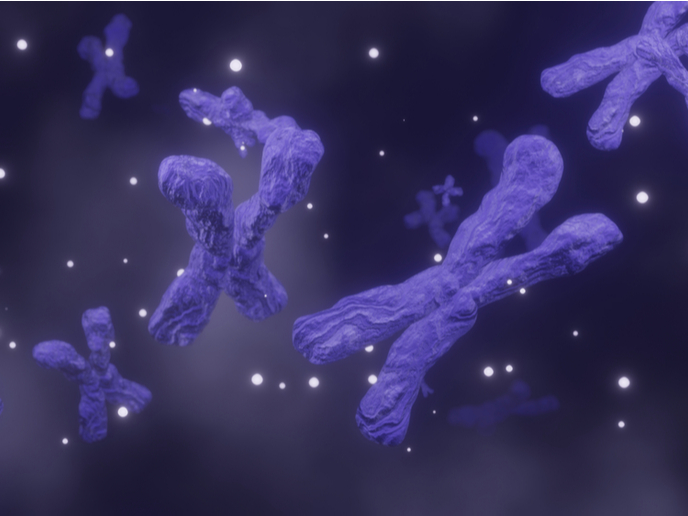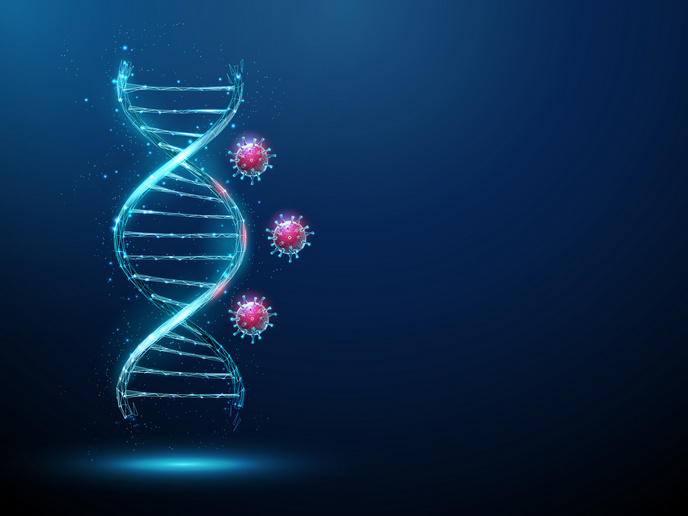Novel role of cilia proteins in ciliopathies
Polycystic kidney disease is characterised by abnormal renal tubules and lumen disorganisation caused primarily by cilia dysfunction. Cilia constitute cellular projections used as sensory organelles or for movement, but emerging evidence suggests additional non-ciliary functions that may contribute to the development of disease. Previous work by the EU-funded CILMITOPATHO consortium had shown that specific cilia proteins also localise to the spindle poles of cells during mitosis, and function in spindle orientation. This suggests that cilia proteins may have additional roles in dividing cells that required further investigations and that cilia dysfunctions might explain only part of the mechanistic underpinnings of ciliopathies. During CILMITOPATHO, researchers investigated the roles of cilia proteins in dividing cells and their contribution to kidney diseases. The work focused mainly on proteins of the intraflagellar transport machinery (IFT), a system responsible for the bidirectional movement of components between the ciliary base and tip that is required for ciliary assembly and function. Scientists also investigated how cell division defects induced by IFT protein depletion can contribute to defects in kidney tissue morphogenesis and to the appearance of kidney cysts, one of the most common ciliopathy-related phenotypes. To characterise the cilia-independent functions of these IFT proteins in dividing cells, researchers employed cutting-edge cell biology, biochemical and microscopy techniques in cultured kidney cells, and zebrafish as an in vivo model organism. Overall, the findings of the project unveil novel functions of cilia proteins in dividing cells and provide new perspectives on the aetiology of cyst formation and ciliopathies. Future work will address how cell division defects impact on renal tubule morphogenesis and whether these findings also apply to other proteins involved in human ciliopathies.







